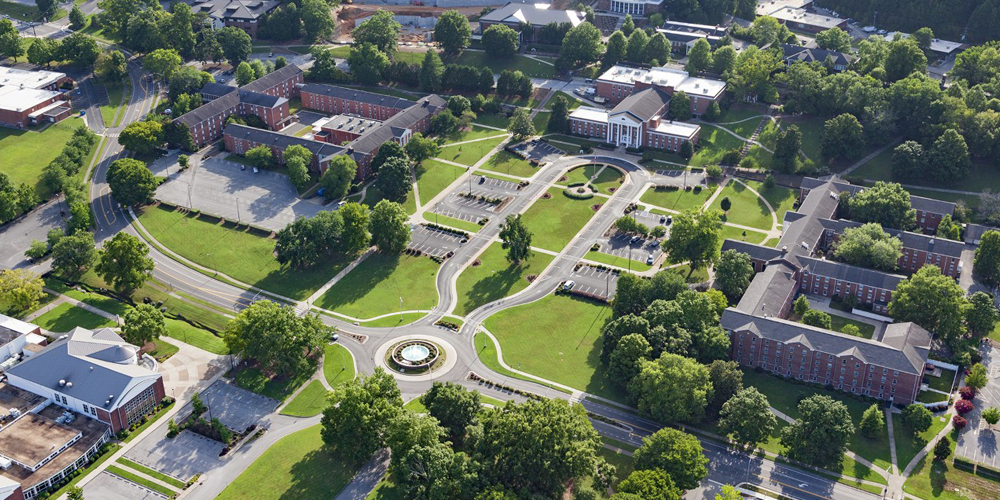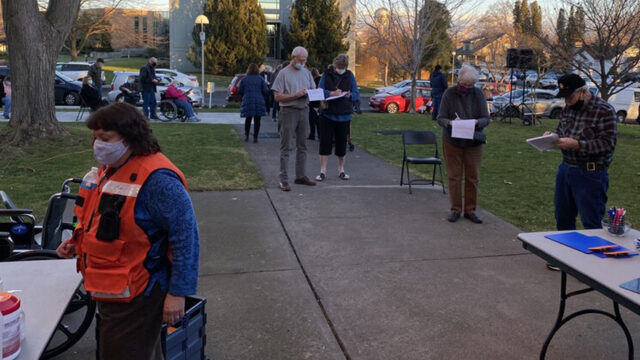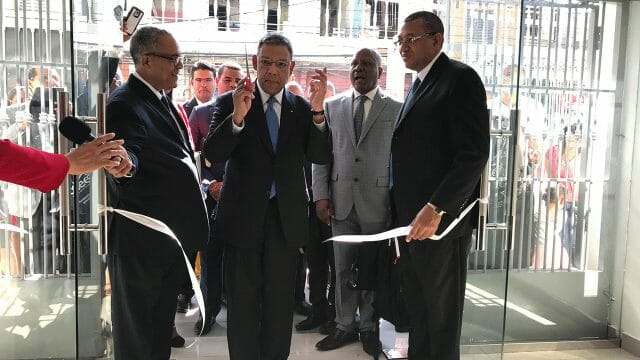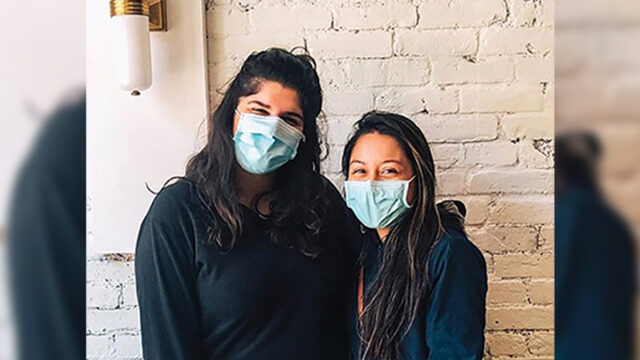Bipolar ionization technology can neutralize the coronavirus, school officials say.

In preparation for the return of students and employees to campus for the fall 2020 semester, Southern Adventist University took the special precaution of installing enhanced air filtration systems in every building on campus.
These needlepoint bipolar ionization systems provide hospital-level air filtration in all classrooms, offices, meeting areas, and residence halls. General benefits include reducing particulates in the air, neutralizing unpleasant odors, killing airborne pathogens, and saving energy.
“Southern began working with bipolar ionization equipment in 2016, researching and testing it for long-term viability,” said Marty Hamilton, associate vice president for Financial Administration, who oversaw the installation of the new filtration. “The technology offers multiple benefits, so our administration decided to make the financial investment to cover our whole campus with the equipment, not just for today’s health concerns but for the future. Improving indoor air quality is a key component to keeping our campus healthy and well.”
The technology works by emitting charged ions that target harmful airborne contaminants such as various bacteria, allergens, mold spores, odors, and viruses, including the virus that causes COVID-19. These ions bind to the particles and break down their molecular structure. A recent study by an independent laboratory reported that this system can neutralize the coronavirus with an efficacy of 99.4 percent in 30 minutes.
The concept of ionizer air purifiers is not new; however, the needlepoint bipolar ionization system has the distinction of improving indoor air quality without generating harmful ozone as a byproduct. Other locations that have adopted this technology include Boston Children’s Hospital, Harvard University, Mayo Clinic, and the U.S. White House.
“Since we adopted this technology, other local schools and churches have asked us for information, and some have begun testing the system for themselves,” Hamilton said. “We are fielding calls from other universities as far away as Washington state, as they are learning about what we are doing. With the increase in demand, I expect new adopters will face a wait of two or three months, but we already have all of our equipment on campus because we reacted quickly.”








